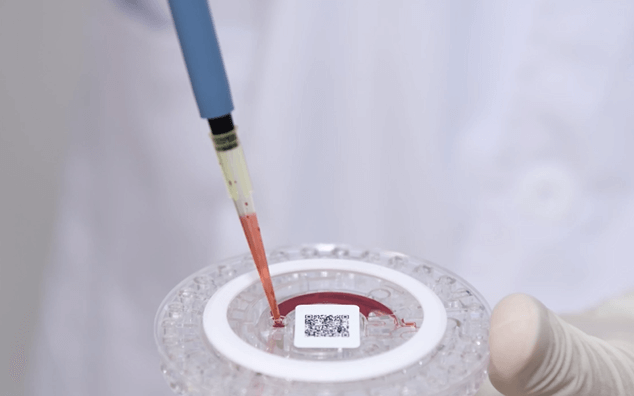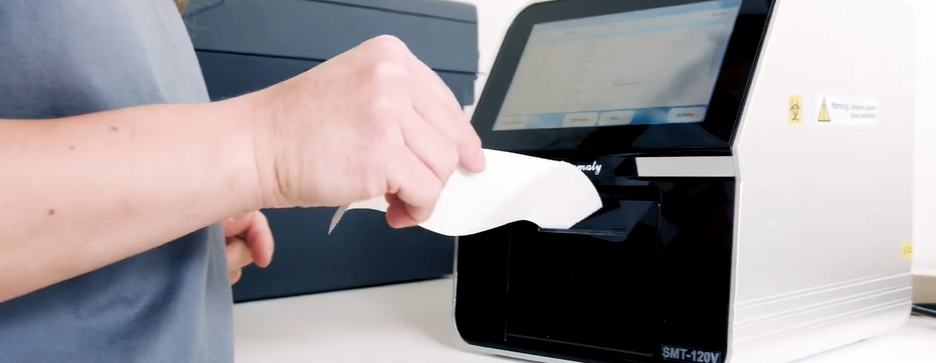release time:2024-05-29 14:49:01
Using a fully automatic biochemistry analyzer often reveals a common issue: when tests are conducted individually, results are accurate, but when combined, abnormalities arise. This interference between reagents can affect the accuracy and reliability of test results, leading to significant deviations that may mislead clinicians, delay patient treatment, and cause serious consequences.
As the automatic biochemistry analyzer is used over time, the effectiveness of its cleaning system can decline. This increase in reagent cross-contamination affects subsequent tests, leading to inaccurate results.
Reagents may contain substrates or components that interfere with subsequent reactions. For example, if a reagent contains a substance that reacts with the next test's substrate, it directly skews the measurement results.
Contaminated reagents can indirectly affect the reaction process of the next test. The results of subsequent tests can be compromised by the combined effects of previous and current reactions.

Reagent carryover can alter the pH of the reaction buffer, preventing optimal reaction conditions. For example, total serum protein measured by the bicinchoninic acid (BCA) method requires an alkaline pH (8-9). A lower pH results in underestimation, affecting globulin and albumin/globulin ratio assays.
Reagents for triglycerides (TG), total cholesterol (T-CH), uric acid (UA), and magnesium (MG) contain bile acid salts. These can interfere with enzyme methods used for determining bile acids.
Alanine aminotransferase (ALT) and aspartate aminotransferase (AST) reagents contain high-energy LD components, potentially interfering with LD determination.
Reagents for creatine kinase (CK) and CK-MB contain glucose components. The hexokinase (HK) reaction in these assays can interfere with glucose determinations, especially those using the HK method.
Reagents for glucose, CK, CK-MB, triglycerides, HDL-C, and LDL-C contain magnesium salts. High concentrations of Cu2+ in total protein (TP) reagents can also interfere with magnesium determinations.
Reagents for ALT, AST, LDH, CK, CK-MB, UA, γ-GT, and TP contain potassium. This can interfere with enzymatic potassium determinations, affecting test accuracy.
Reagents for butyrylcholinesterase (ChE), total cholesterol (TC), glucose (GOD-PAP), uric acid (UA), and α-HBDH use phosphate buffers. These can interfere with inorganic phosphorus determinations.
Magnesium reagents containing EGTA, a calcium-complexing agent, can interfere with calcium determinations.
EDTA-Na in CK reaction solutions inhibits alkaline phosphatase (ALP) activity and binds calcium, leading to low ALP and calcium assay results.
The BUN enzyme assay consumes NADH due to glutamate dehydrogenase (GLDH). Performing this test before assays requiring NADH (e.g., ALT, AST) can result in inaccuracies.
Understanding and mitigating reagent interference in biochemistry analyzers is crucial for ensuring accurate and reliable test results. Regular maintenance of the analyzer's cleaning system and careful consideration of reagent interactions can help prevent these issues, ensuring that clinicians receive the correct information for patient diagnosis and treatment.

2024-09-29
Discover why Seamaty is the ideal POCT analyzer supplier for your healthcare needs. With innovative diagnostic platforms, global reach, and a commitment to quality, Seamaty offers cutting-edge solutions for medical and veterinary diagnostics.

2022-06-27
In order to determine the many components that makeup animal blood, a veterinary blood chemistry analyzer is used. Veterinary blood chemistry analyzers are utilized in healthcare facilities and in medical labs, forensic labs, and private homes.

2021-08-12
We take the privacy of our website visitors very seriously and are committed to protecting it. This policy details our handling of personal information.